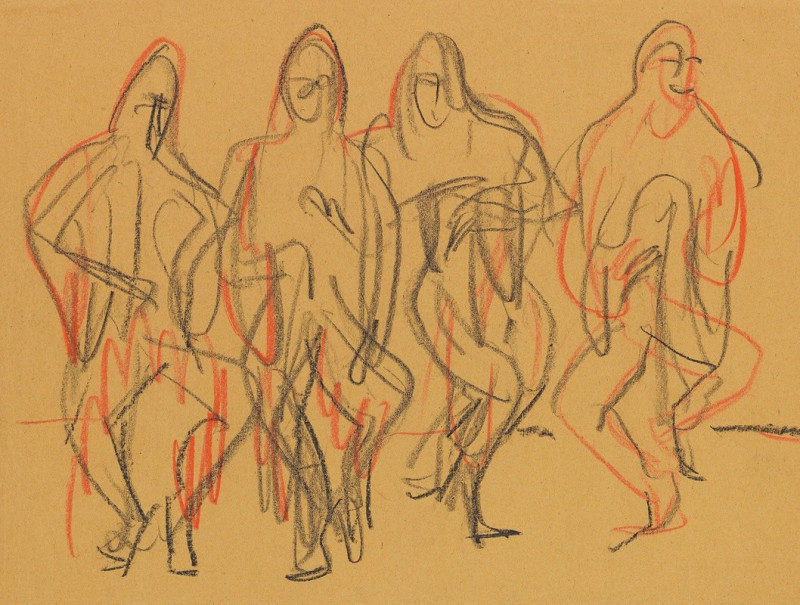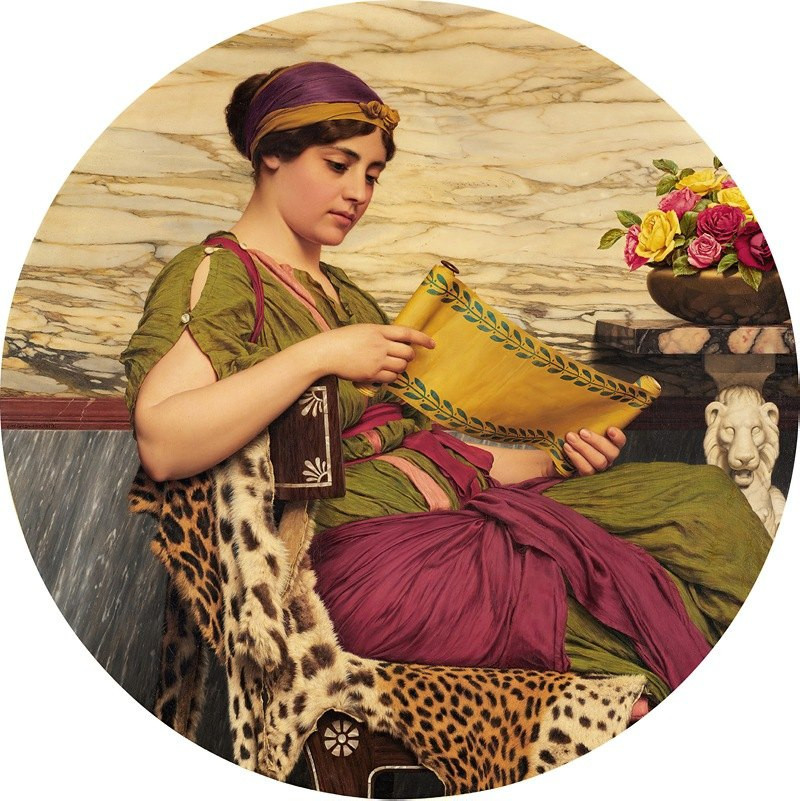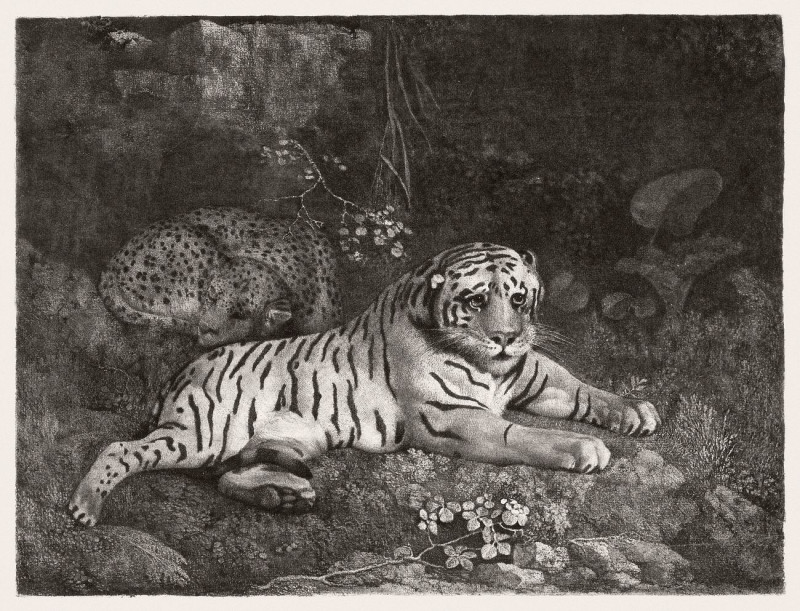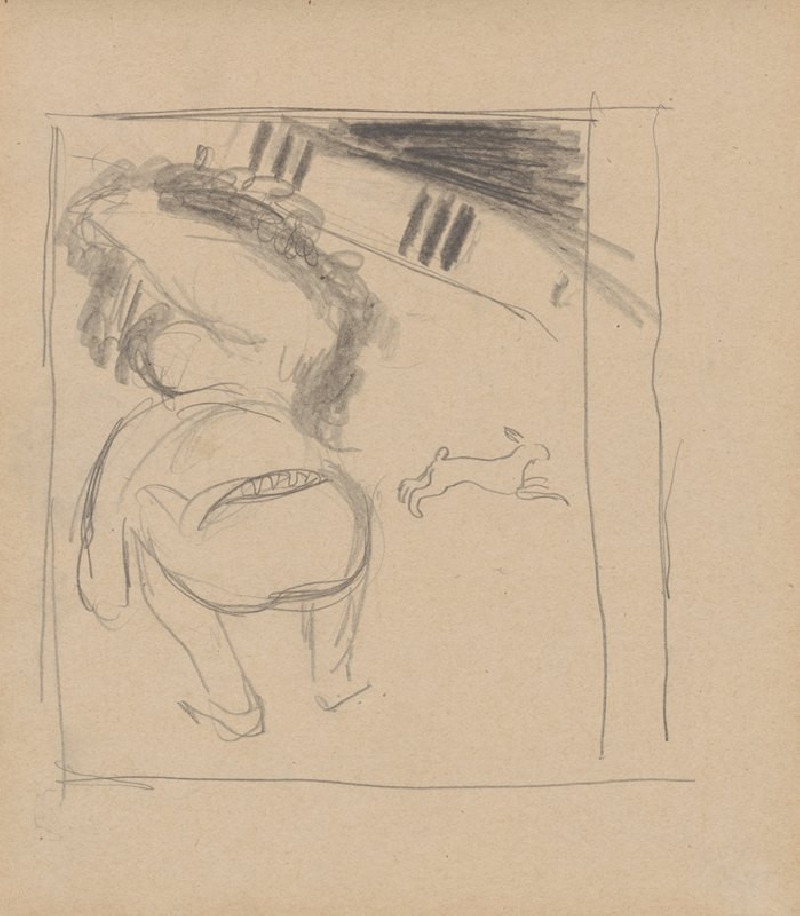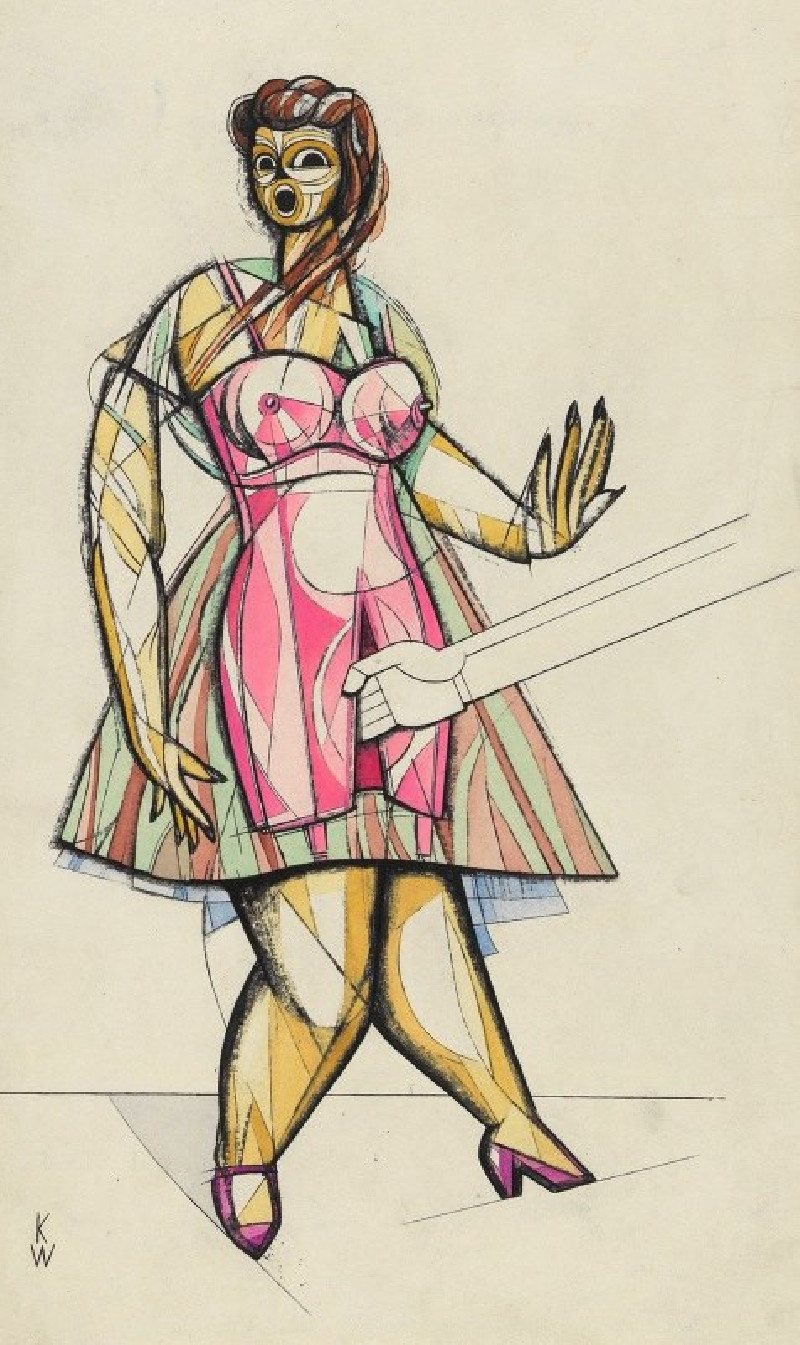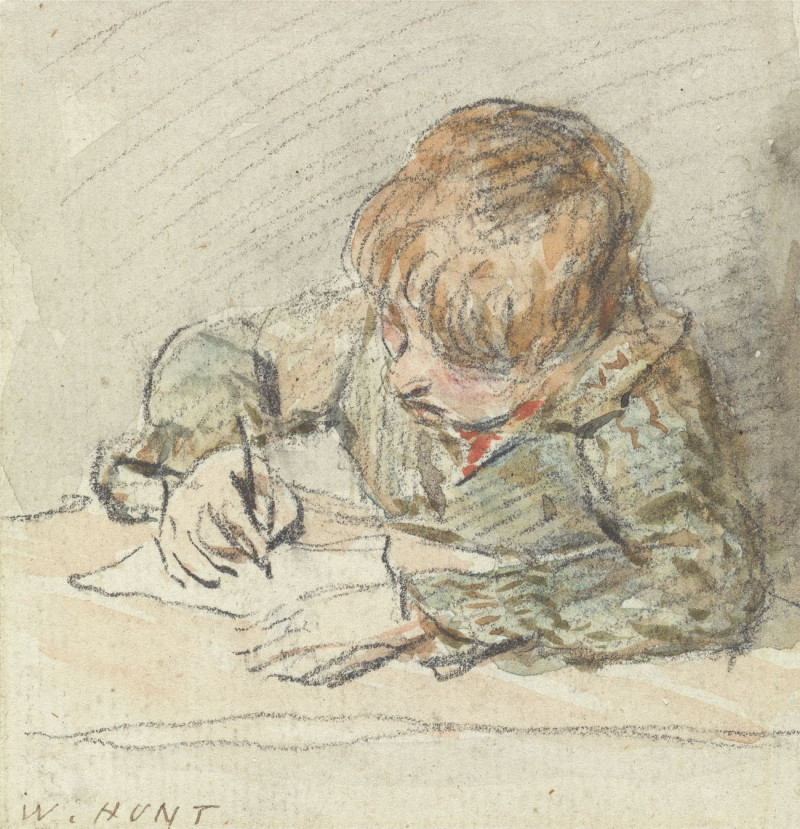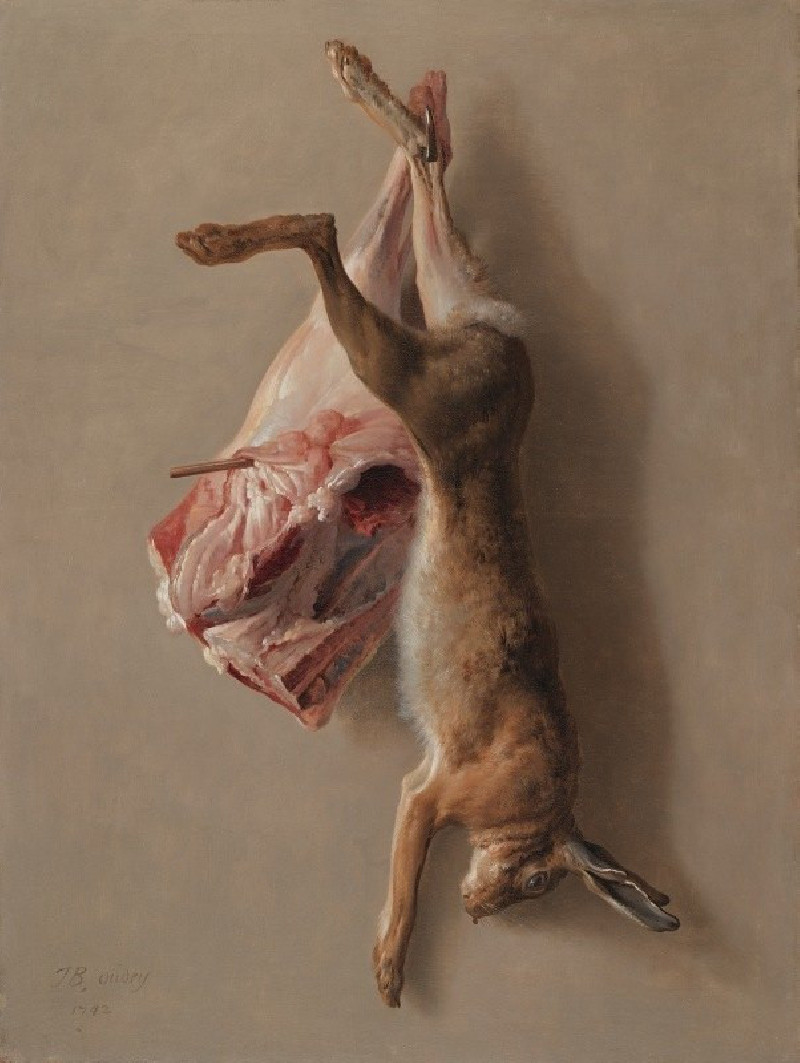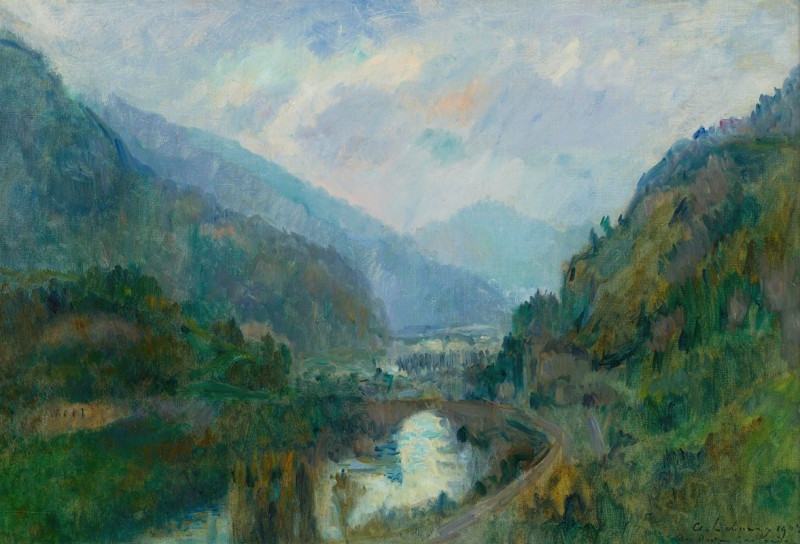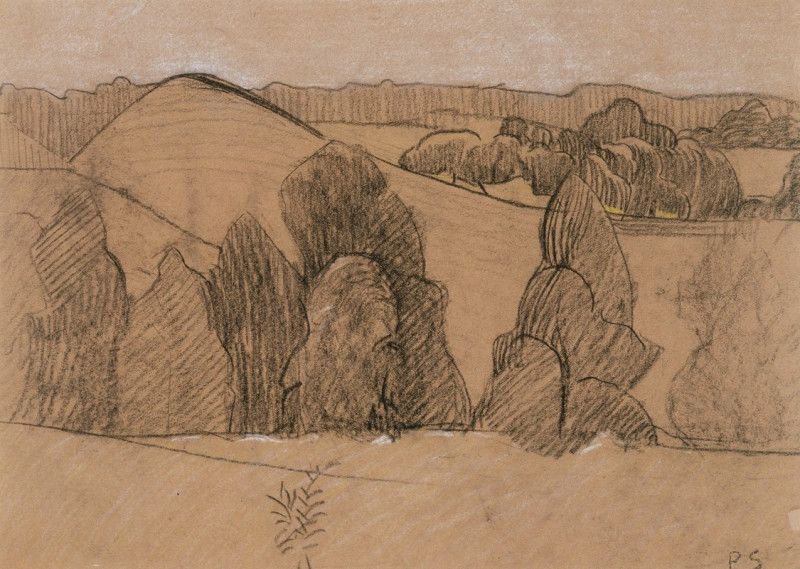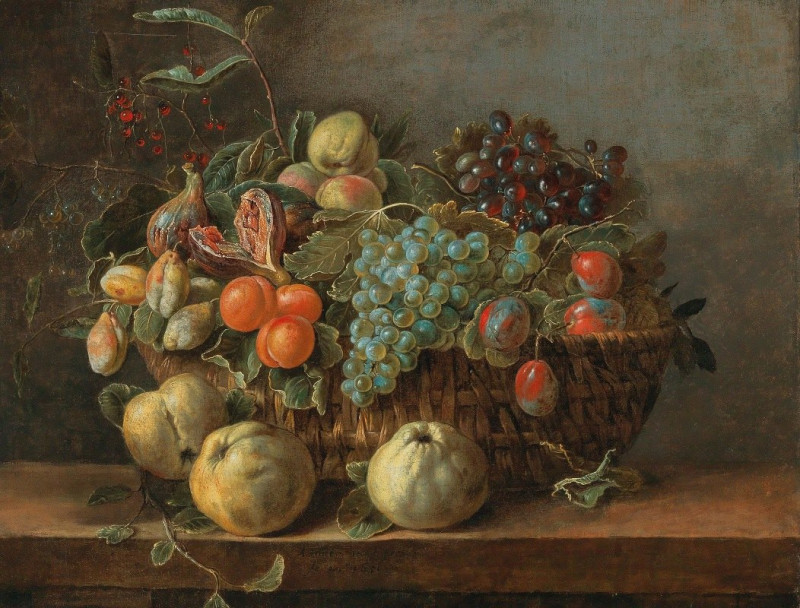Wigman – Tanz (1926)
Technique: Giclée quality print
Recommended by our customers
More about this artwork
This engaging artwork titled "Wigman – Tanz" (1926) by German Expressionist artist Ernst Ludwig Kirchner embodies the dynamic and emotive essence of dance. In this drawing, Kirchner captures the vigor and intensity of dancers in motion, using a spirited approach that conveys the fluidity and energy of their movements.The piece features several abstract figures delineated through bold, sweeping lines in red and black crayon, set against a muted paper background. These figures, although minimalistic, exude a strong sense of movement and rhythm, echoing the experimental spirit of modern dance of the era. This dance form is likely attributed to the influence of the famous dancer Mary Wigman, a pioneer of expressionist dance, who emphasized the expression of deep emotions in her performances. The figures seem almost entangled in their own and each other's motion, perhaps suggesting the interconnectedness and emotional intensity that dance can evoke."Wigman – Tanz" is a striking example of Kirchner's interest in capturing the emotion and vitality of the human form in motion, showcasing his ability to abstract human figures to express their inner life and the intensity of their experiences. This work not only reflects an artistic interpretation of dance but also serves as a historical glimpse into the innovative performative arts movements of the 1920s.
Delivery
Returns
Ernst Ludwig Kirchner (1880–1938) was one of the most important German Expressionist painters. He was a co-founder of Die Brücke, a group of German expressionist artists formed in Dresden in 1905. Die Brücke and Kirchner took inspiration from Vincent Van Gogh and Edvard Munch, as well as African and Oceanic art. They used woodblock printing as a medium to showcase their signature style: flat, unrealistic images with vivid colors. The recurring themes in Kirchner's artworks included exotic cultures, faraway landscapes, self-portraits, dancers and Berlin street life. His paintings and prints effectively portrayed non-European cultures despite the fact that he never traveled outside of Europe.

